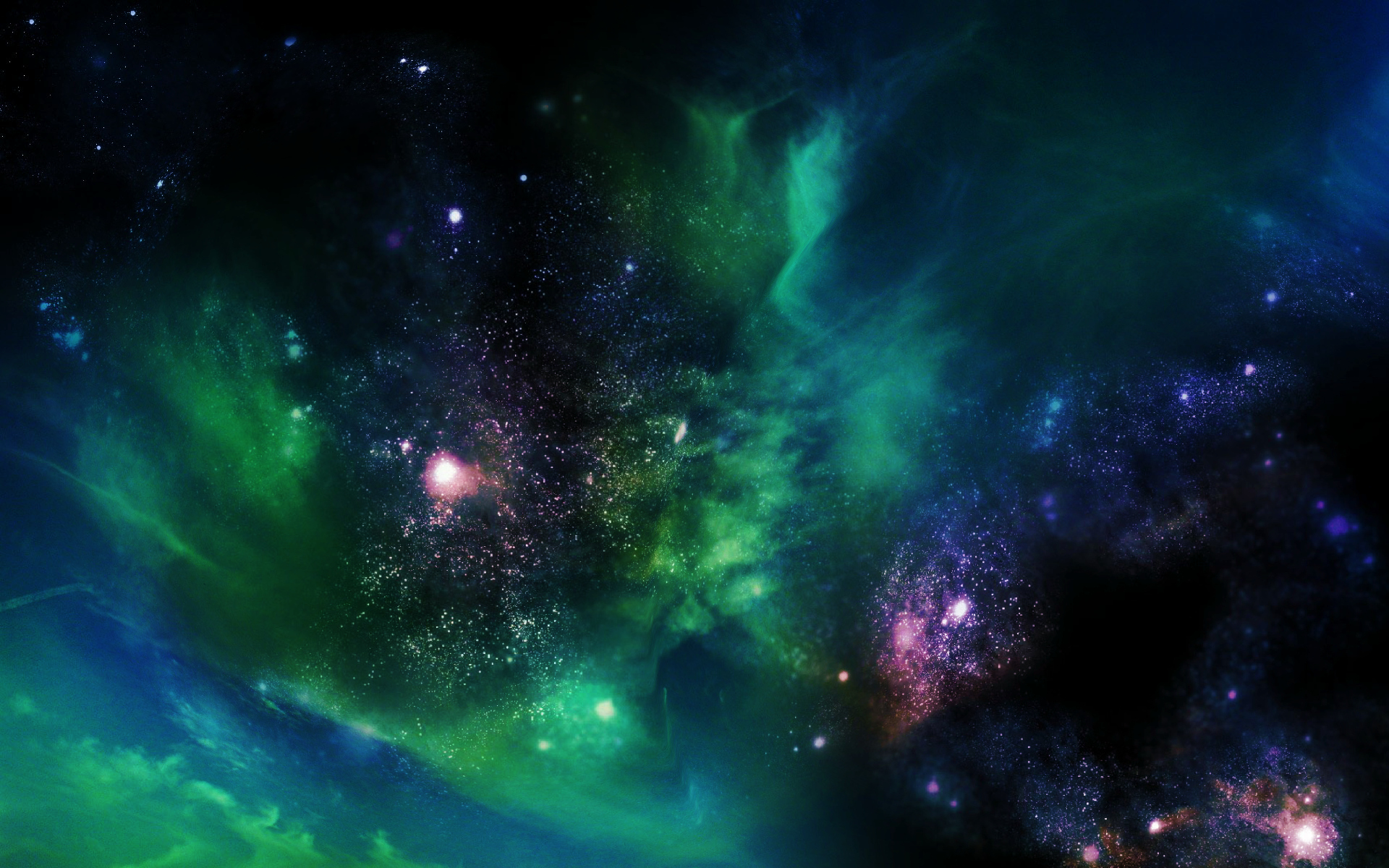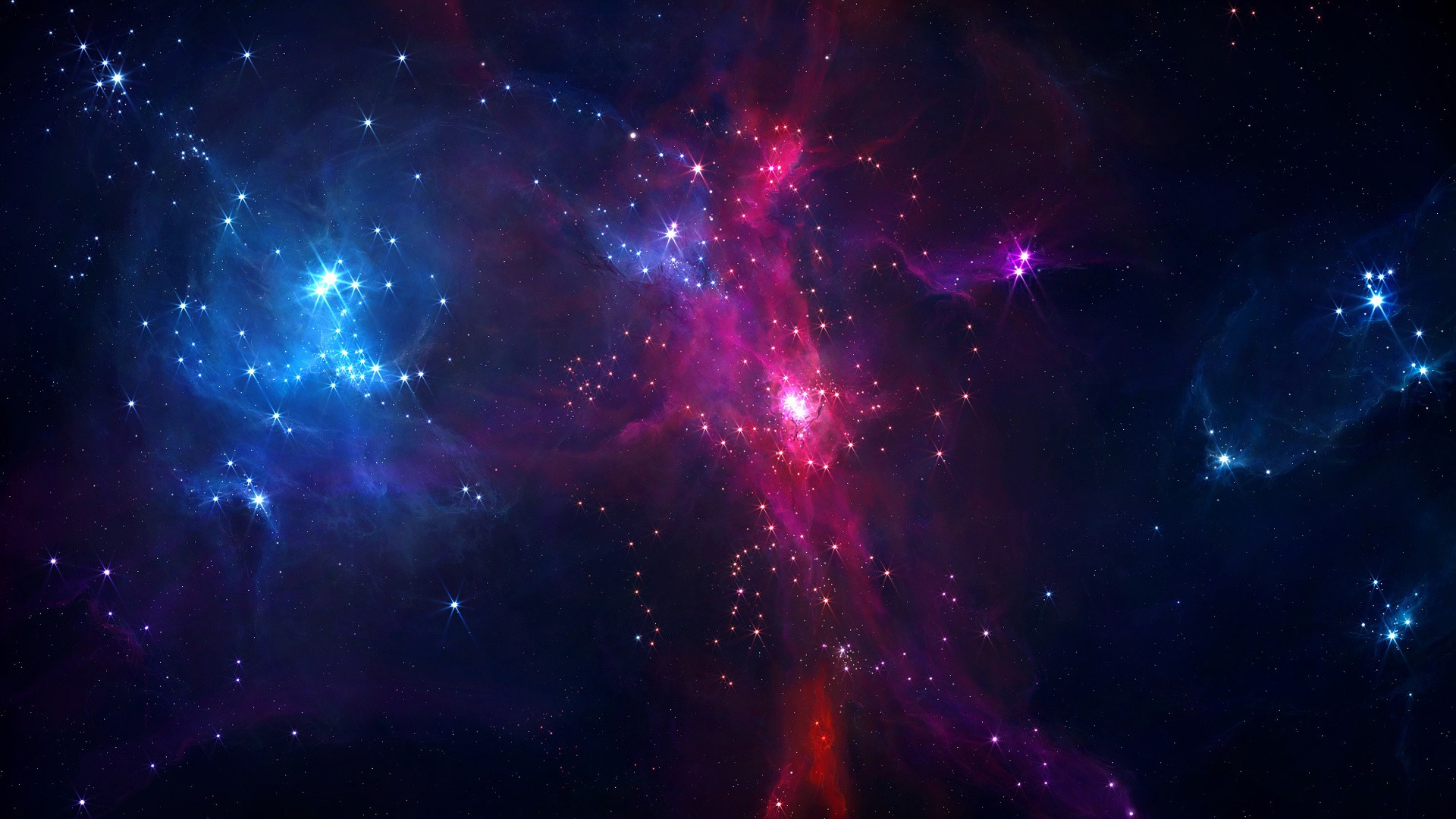
The Instituto de Astrofísica de Canarias (IAC) and the University of Oviedo present today the discovery of two new planetary systems, one of them hosting three planets the same size as the Earth.

US Researchers have identified more than 100 giant planets that potentially host moons capable of supporting life. Their work will guide the design of future telescopes that can detect these potential moons.

On NASA’s Exoplanet Exploration website, you can explore an imagined surface of an alien world via 360-degree, interactive visualizations.

A team of researchers, using Europe’s Very Large Telescope in Chile, has found an exoplanet, WASP-96b, with a cloud-free atmosphere, allowing them to detect sodium in levels similar to abundances on Earth.

WASP-107, the star around which WASP-107b orbits every six days, is so powerful that it is gradually dissolving the exoplanet’s atmosphere. As a result, WASP-107b leaves a comet-like trail of helium in its wake.

NASA’s Transiting Exoplanet Survey Satellite (TESS) has launched on the first-of-its-kind mission to find worlds beyond our solar system, including some that could support life.

An international team in US is developing what they say is the world’s largest, most sophisticated superconducting camera in a bid to directly image exoplanets orbiting nearby stars.

Set to lift off early next week, the Tess spacecraft will prowl for planets around the closest, brightest stars. These newfound worlds will become prime targets for future telescopes looking to tease out any signs of life.

K2-229b, a rocky planet was recently discovered by astronomers, is located 339 light years away. It is 20% larger than Earth and has a composition similar to Mercury.

The European Space Agency picked the Atmospheric Remote-sensing Infrared Exoplanet Large-survey (ARIEL) mission to explore the nature of exoplanets.

The Kepler spacecraft responsible for detecting 2,245 exoplanets, and another 2,342 yet to be confirmed, is running out of fuel and may have just a few months left before its lights go out.

Scientists report the existence of 15 new planets -- including one 'super-Earth' that could harbor liquid water -- orbiting small, cool stars near our solar system.

Three planets, all slightly larger than Earth in diameter, orbit a star called GJ 9827, about 100 light-years away. A study of the planet trio found that one of the most massive super-Earths found to date lies among them.

Based on data from NASA's K2 mission an international team of scientists have just confirmed nearly 100 new exoplanets. This brings the total number of new exoplanets found with the K2 mission up to almost 300.

Scientists have been hard at work trying to determine the densities of the TRAPPIST-1 planets, and it looks like water is abundant in the TRAPPIST system.